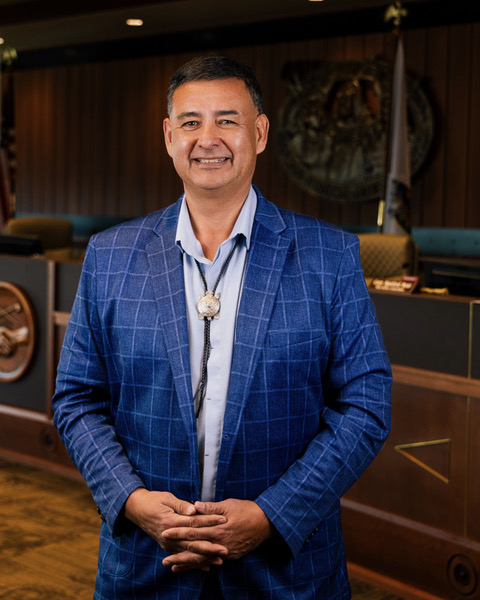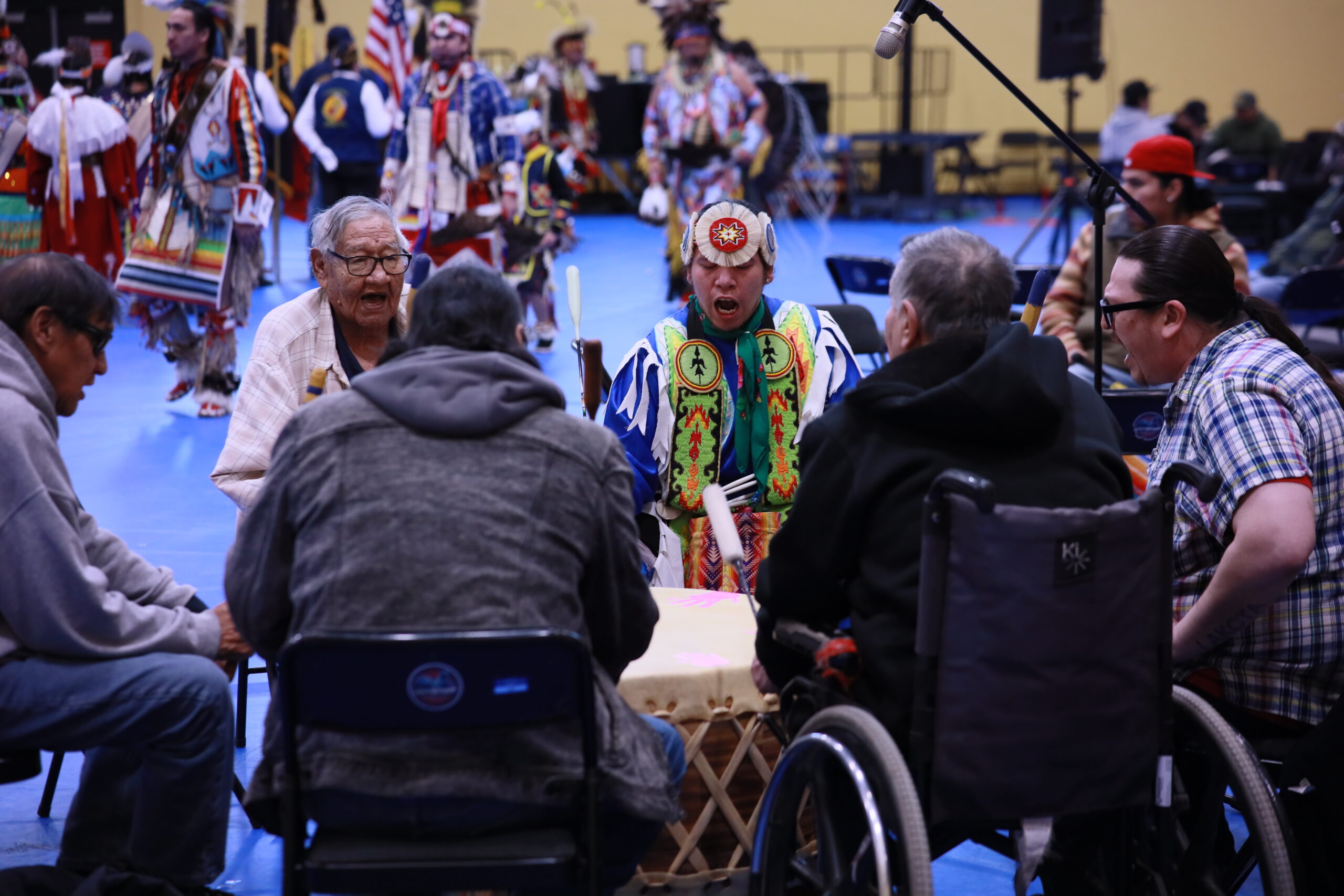Bill on legislative redistricting passes in the House House Bill 1397 would create a redistricting committee By Dylan Sherman, NDNAEF BISMARCK — Introduced by House Majority Leader Chet Pollert, R-Carrington, House Bill 1397 would allow for legislative managers to start the redistricting process for the next decade of state elections. “We have to start somewhere,” Pollert said...
Menu



